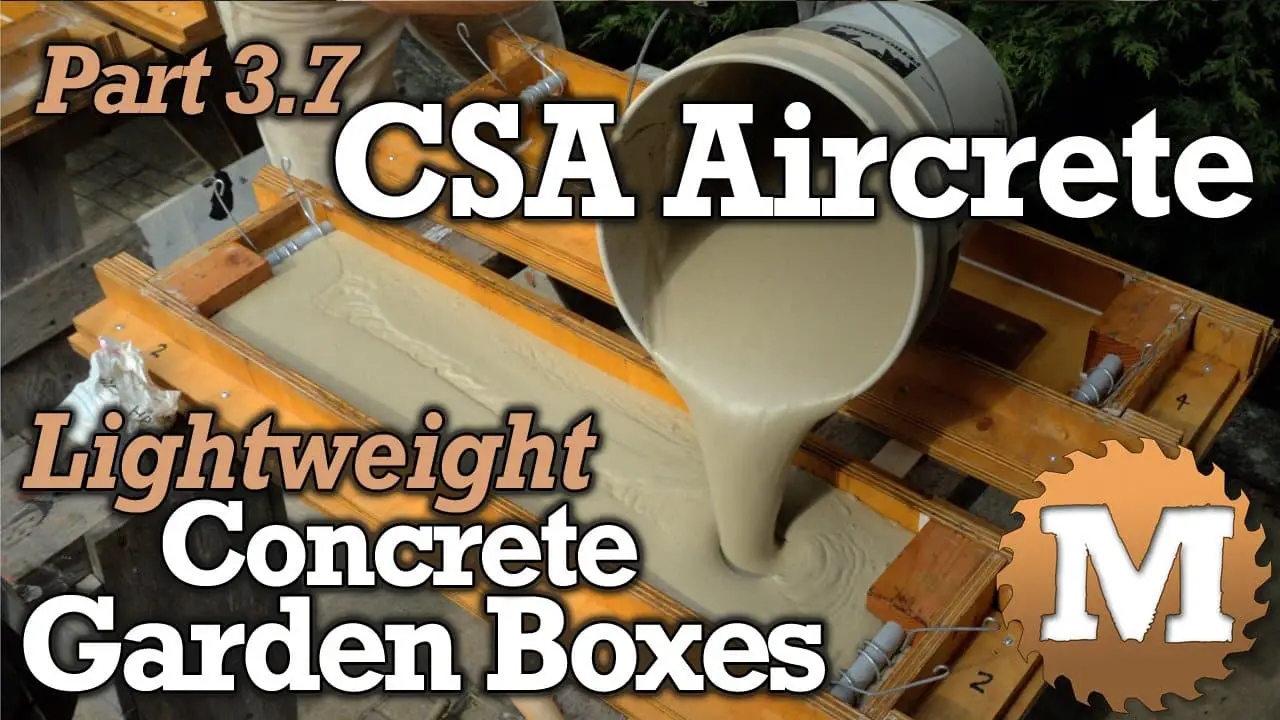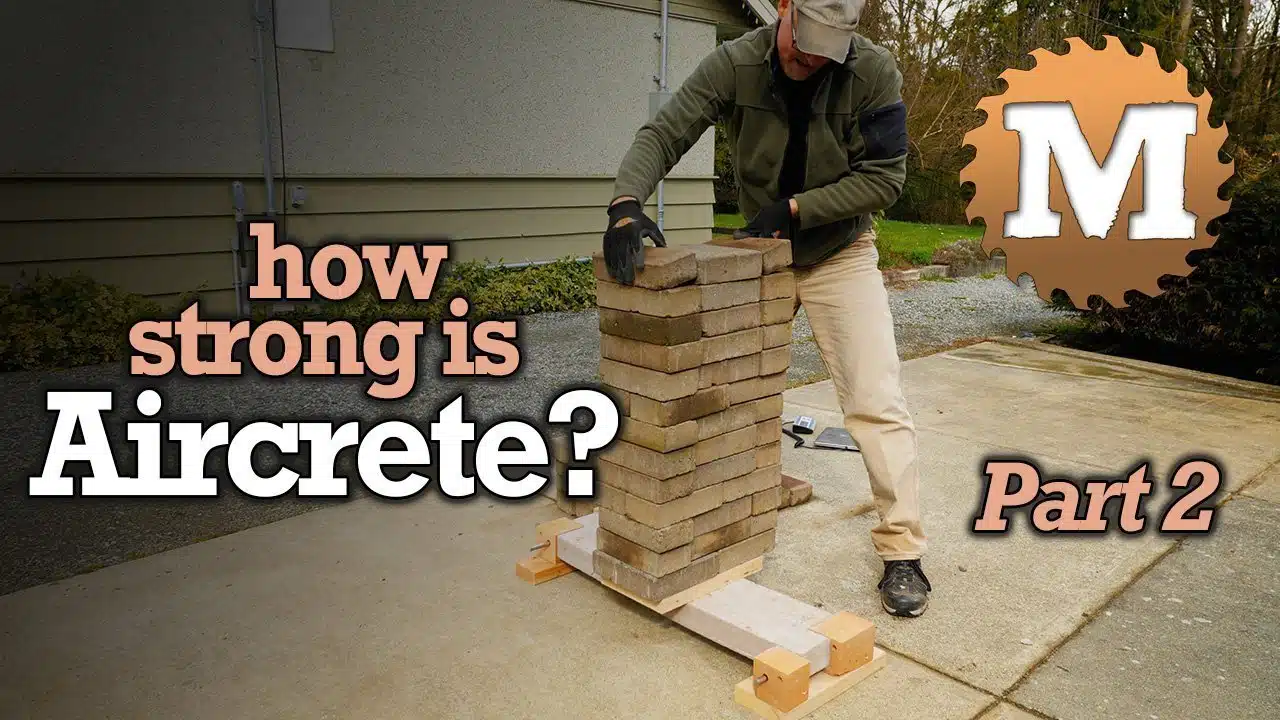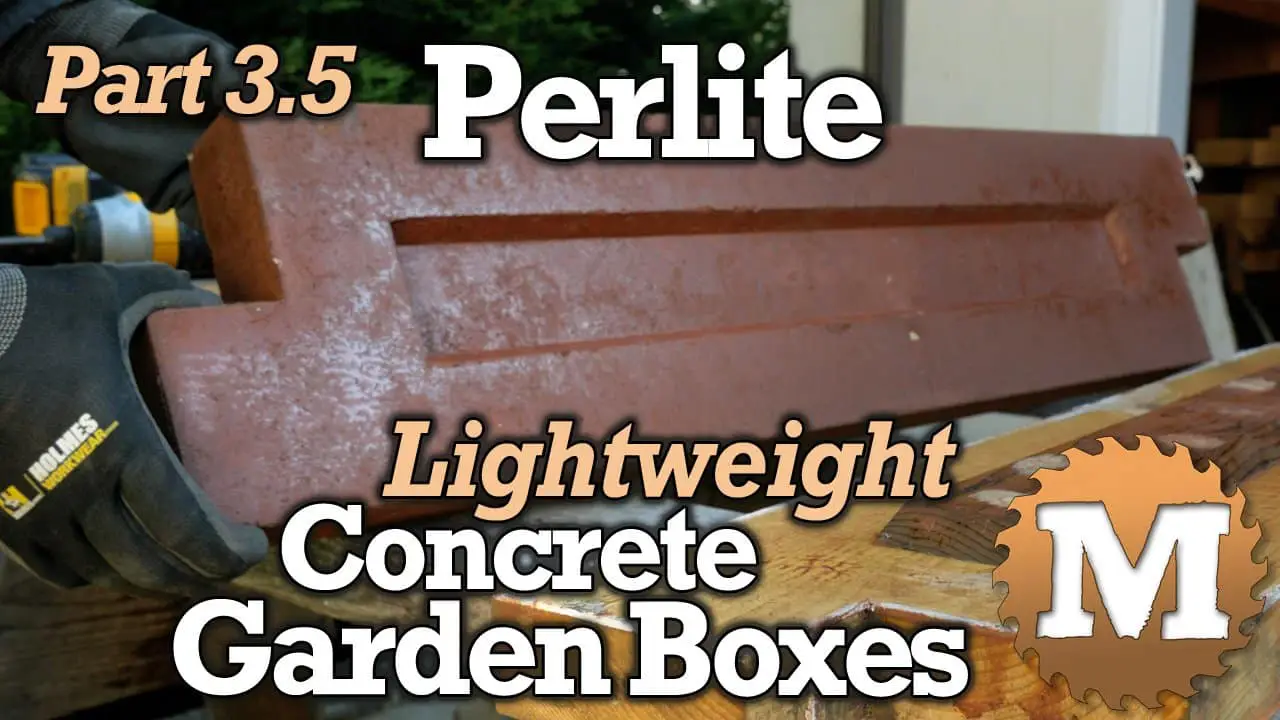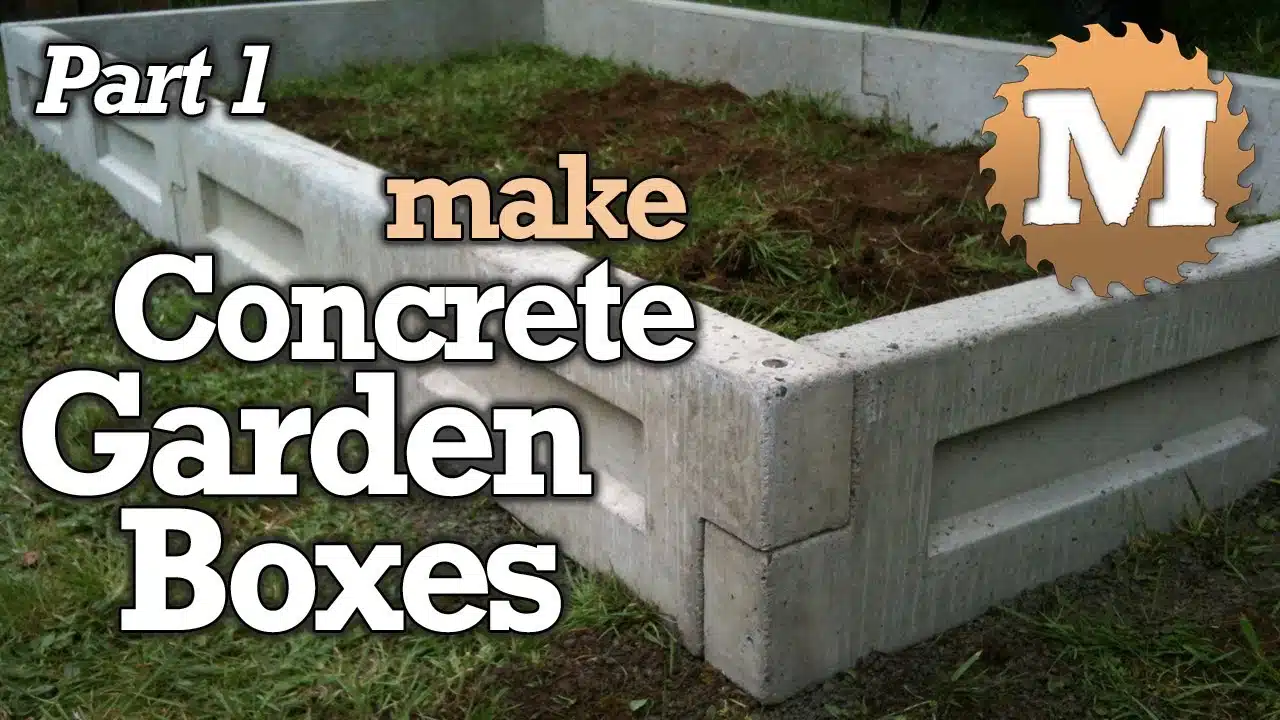Strip Aircrete Panels from Molds
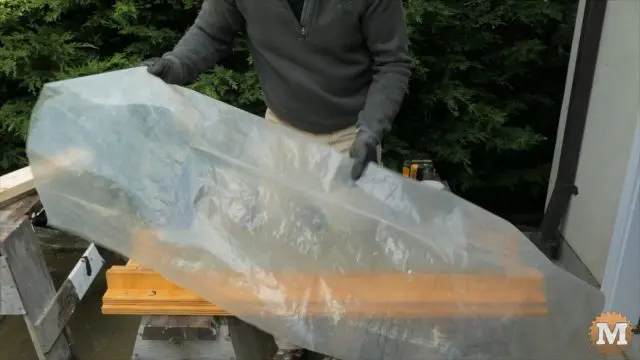
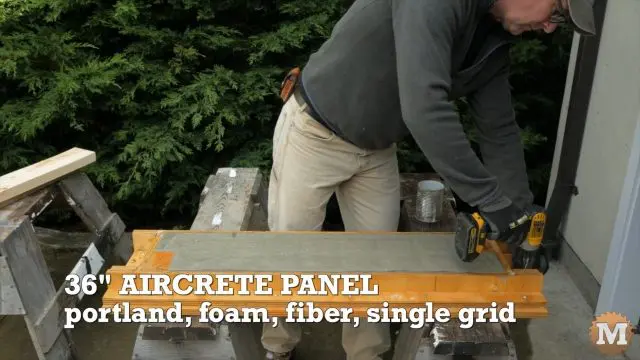
All the panels came out of the forms without issue. They all felt sound and solid. There were no cracks or any signs of warpage. I lined them up on sawhorses to get a shot of them before curing.
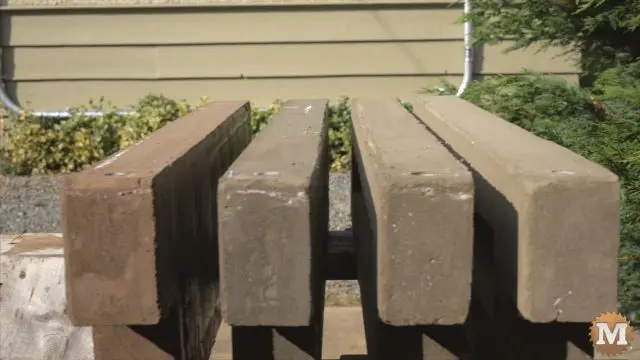
Curing Aircrete in Water Bath
These panels where submerged in water in an improvised tank that was a recycled bathtub. They soaked for two weeks then pulled out and allowed to slowly dry in my shop for another two weeks.
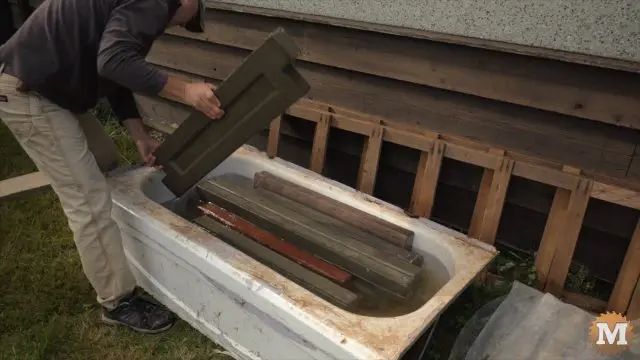
Then I weighed the panels and lined the first two I cast on the lawn and ran a line trimmer against them as a test of durability. I wanted to see how this denser aircrete held up to impact of the spinning line. And I wanted to see if the perlite helped.
Surface Durability Test
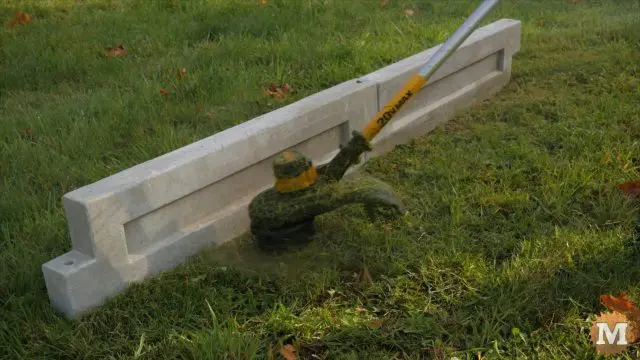
These new panels did very well in the durability test. There was little damage to the surface. The perlite didn’t make much difference in this case, and didn’t increase the durability. Without a hard aggregate in the mix, this form of concrete is always going to be weaker. The trick is to find the right weight to strength balance for your application.
Weights and Thoughts
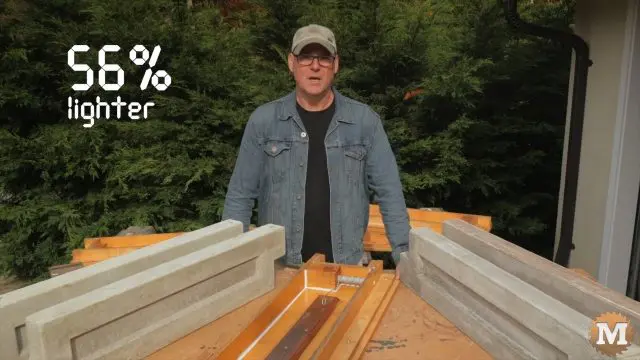
The panels were very close in weight and averaged 56% lighter than regular concrete. This denser aircrete has a very good finish and it faired much better than the previous ones in the durability line trimmer test. There’s some damage, but it looks minimal. And looks to be the same in the panel with perlite added.
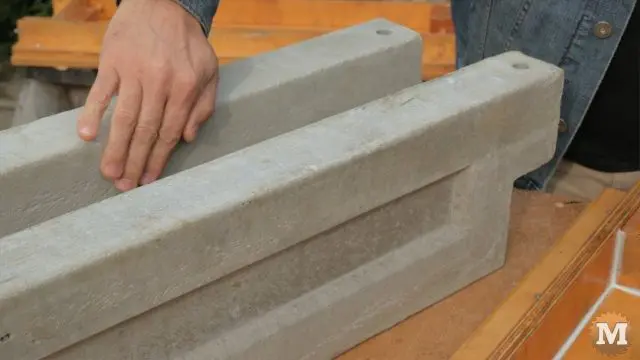
I don’t see any cracks or warping of any of these panels so I think the bigger ratio of portland to foam was the answer. It appears if you want strength and durability improvements you really need more cement. If that changes over time I’ll update my blog post.
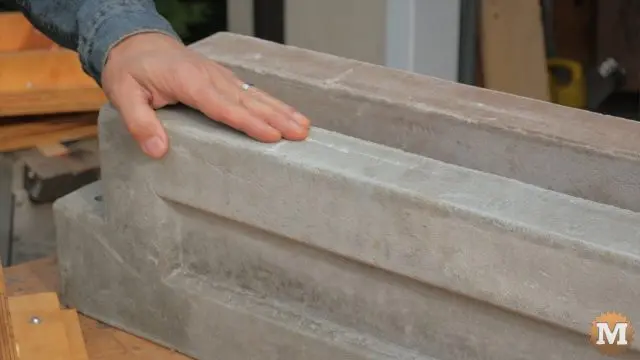
At this point I don’t see a huge advantage to adding perlite to aircrete. Or to doubling up the wire grid. But, it doesn’t seem to hurt either. So maybe the takeaway here is that it’s easy to add both if you wanted.
The liquid cement dyes worked well and it was easy to add. The next time I’ll even more to get deeper colours.
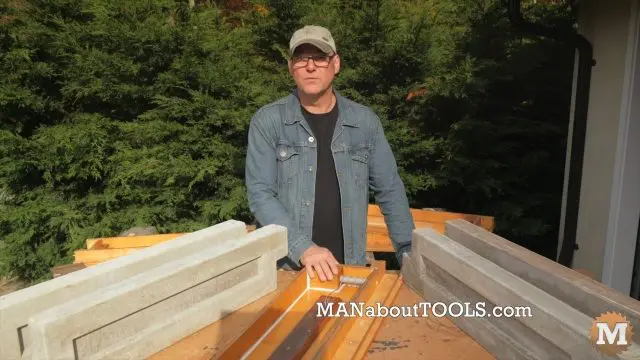
Darwin’s Foam Mate worked very well. It allowed me to quickly make foam just when I needed it. And just as much as I needed. So I can certainly recommend that.
In the next episode I’m going to make aircrete with CSA cement instead of Portland. And that will be up in about a week or so.
And, while you are here, please hit the Support Link to help us make more projects and videos like this. We really appreciate anything you can do to help us out!

